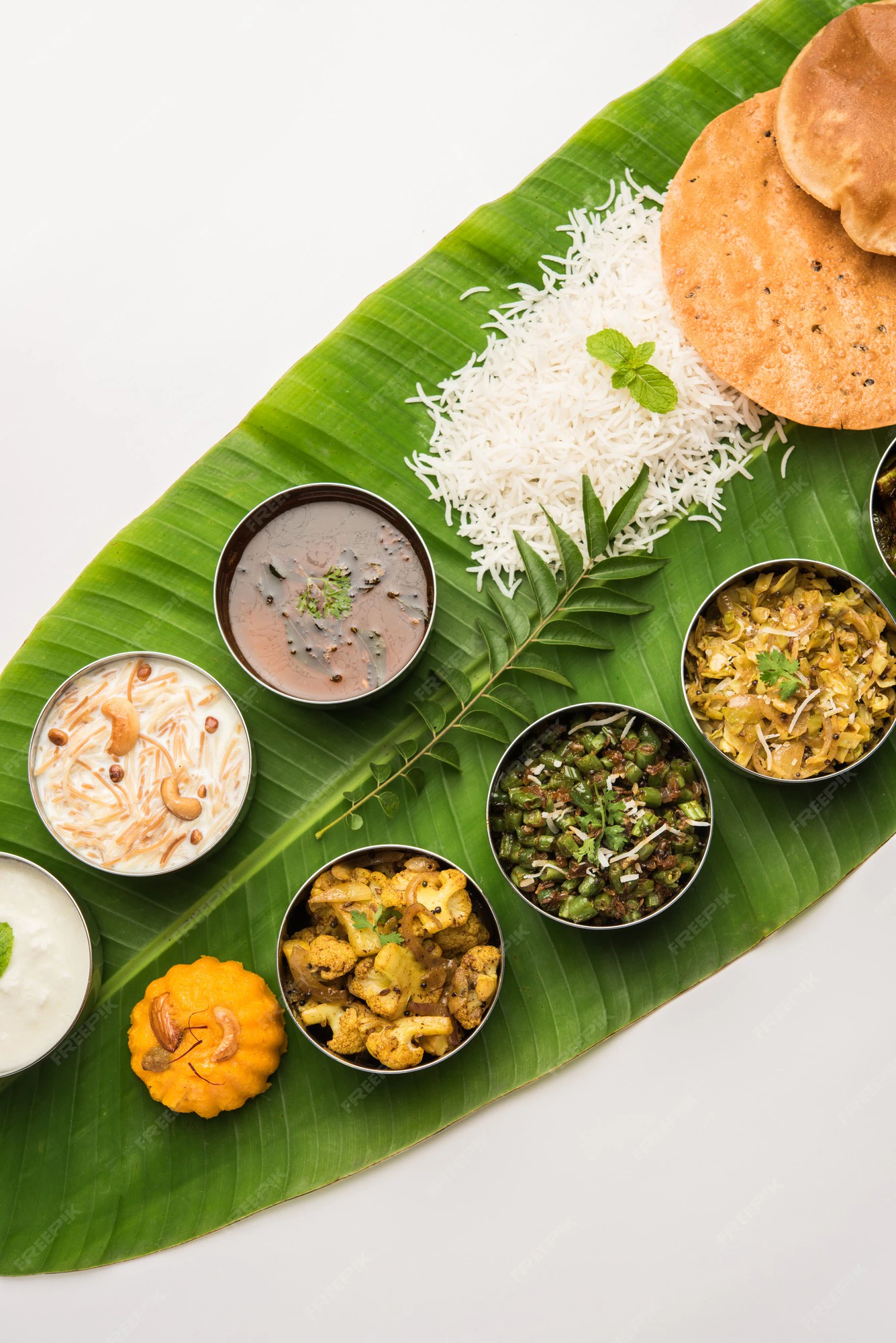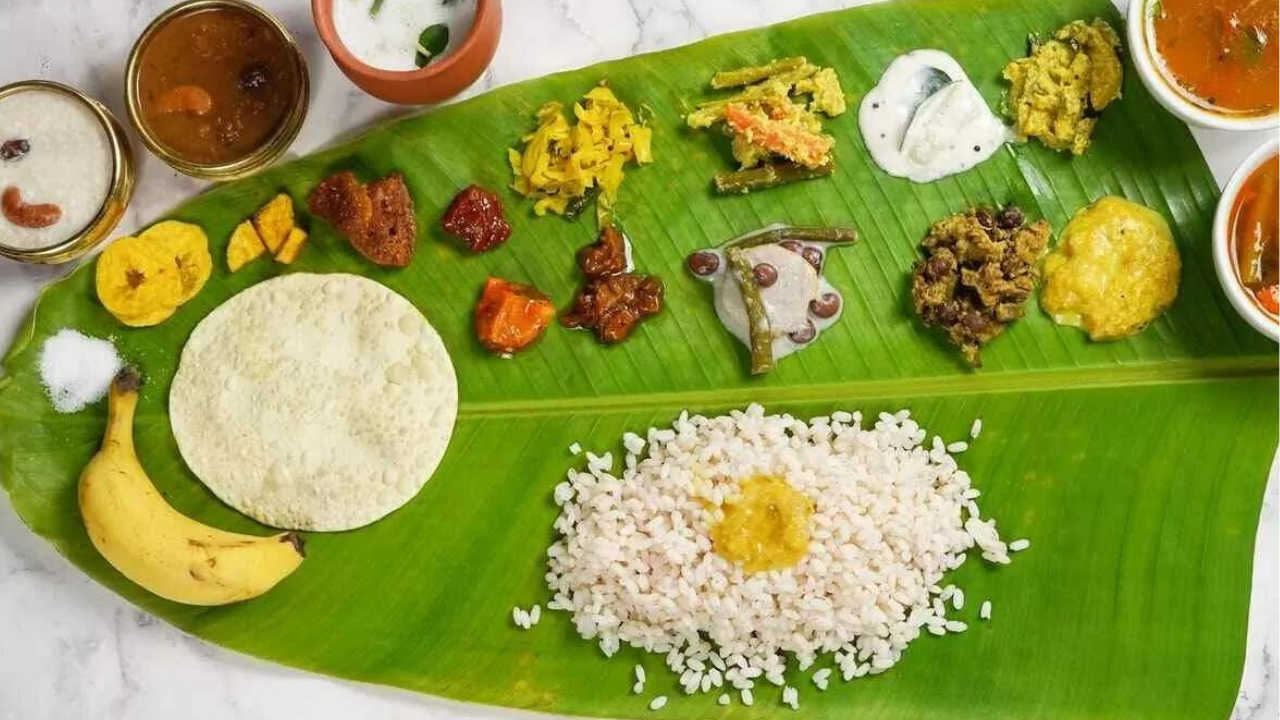Introduction:
When it comes to nutrition, we often focus on the fruits and vegetables that end up on our plate, but what about the plate itself? A staple of many tropical kitchens, the humble banana leaf is not just a vessel for serving food; it also offers several nutritional benefits that are often overlooked. We look into the secrets of the banana leaf and find out why it’s not just a plate that breaks down naturally.
Nutritional Benefits of Banana Leaf:
1) Rich in Polyphenols:
Banana leaves are full of polyphenols, powerful antioxidants that help protect the body from oxidative stress. Polyphenols in banana leaves, such as epicatechin, have been linked to heart health and reduced risk of certain cancers.
2) Anti-Inflammatory Properties:
Inflammation is the cause of many health problems, from arthritis to cardiovascular disease. Banana leaves have special things that can make your body less swollen or sore. Eating them can keep your body in good balance and might lower the chance of getting sick from swelling.
3) Natural Anti-Microbial Action:
Traditionally, banana leaves have been used in various cultures to wrap and cook food. Putting food in banana leaves not only makes it taste special but also keeps it safe to eat. The food is safe and clean because the leaves have special things that kill bacteria.
4) Excellent Source of Fiber:
Fiber is an important part of digestive health and banana leaves are a rich source of it. Eating banana leaves can keep your stomach healthy by having a lot of fiber. In addition to ensuring that you urinate frequently, this protects your stomach from being trapped. Including banana leaves in your meals can help you get enough fiber every day.
5) Vitamins and Minerals:
Banana leaves are a good source of vitamins and minerals, including vitamins A, C, and potassium. Vitamin A is good for your eyes and helps your immune system work. Vitamin C acts like a protector and helps your body make collagen. Heart health and blood pressure management depend on potassium. Eating banana leaves can give you these good things and make sure you get enough nutrients.
6) Environmental Sustainability:
In addition to nutritional value, banana leaves promote environmental sustainability. Unlike plastic or paper disposable plates, banana leaves are biodegradable and require little handling. Choosing banana leaves as a service option is in line with ecological practices that reduce the environmental impact of single-use materials.
How to Incorporate Banana Leaves into Your Diet:
1) Wrap and Cook: Use banana leaves as natural wrappers when grilling or steaming fish, chicken, or vegetables. It makes the food taste special and keeps it juicy when you cook it.
2) Serve as a Plate: Consider using banana leaves as a dinner plate instead of disposable plates. Doing this not only keeps with tradition but also makes less trash.

3) Smoothie Wraps: For a creative twist, use banana leaves to wrap and serve smoothies or fruit salads. This makes things look more attractive.
Conclusion:
Banana leaves are very beneficial to you and may be used for more than just presenting meals. They include anti-inflammatory compounds, fiber, vitamins, and minerals, as well as antioxidants. Using banana leaves not only makes your food taste better but also helps the environment. So, the next time you enjoy a meal served on a banana leaf, enjoy not only the taste but also the nutritional value it brings to your table.
Share this content:

